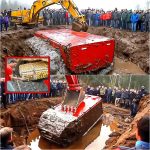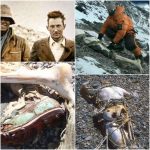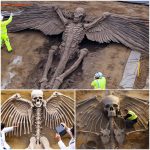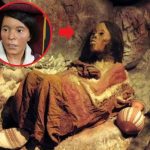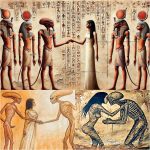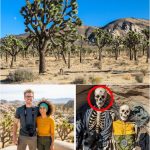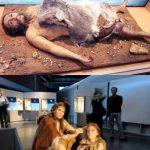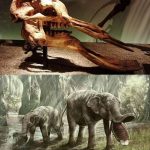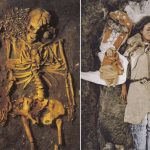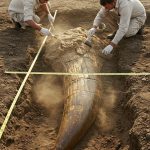The Enigma of Equihominid April – Greece’s Centaur Mystery Reawakens
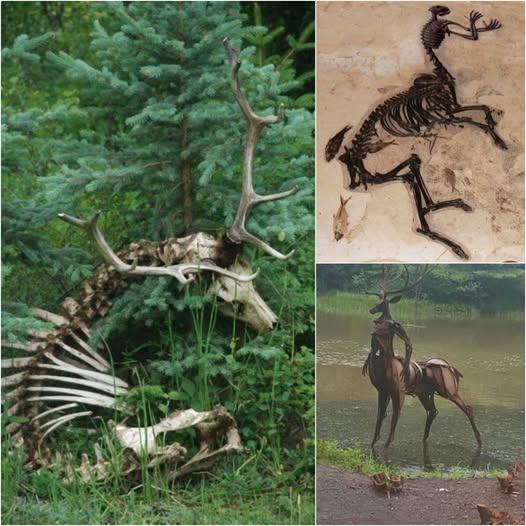
In the misty hills near Volos, Greece, where myth and history often intertwine, archaeologists have unearthed a discovery that challenges the boundaries of science itself — the fossilized remains of a being part human, part horse. Nicknamed Equihominid April after the month of its discovery, the specimen appears to merge a human torso seamlessly with equine limbs and pelvis — a biological fusion long thought to exist only in Greek legend.
If authenticated, this find could rewrite our understanding of both evolution and mythology, bridging the chasm between ancient imagination and prehistoric reality.
A Creature Between Two Worlds

The discovery was made during an excavation near a Bronze Age site outside Volos, a region historically associated with Mount Pelion, the mythic homeland of the centaurs. At first, the skeletal structure seemed like two separate remains — equine and human. But as the soil was cleared, researchers realized the vertebral connection between the humanoid ribcage and the equine spine was anatomically continuous, with no signs of artificial assembly.
Carbon dating suggests an age of at least 36,000 years, long before the rise of classical Greek civilization — an era when Homo sapiens still coexisted with other hominin species. Microscopic analysis revealed preserved traces of what appears to be hybridized bone tissue, an unprecedented phenomenon that has left geneticists stunned.
DNA Results That Defy Classification
Early DNA sequencing has produced results as baffling as the fossil itself. The recovered genetic fragments show no complete match to either modern humans or known animal species. Instead, the data indicates a divergent lineage, sharing partial similarities with early hominins — but with novel genetic markers not seen in any terrestrial database.
“This is either a biological impossibility or a biological revolution,” said Dr. Aris Nomikos, one of the lead paleoanthropologists on the project. “If this isn’t a hoax — and so far, we’ve found no evidence of fabrication — then it may represent a species that inspired millennia of human mythology.”

When Myth Becomes Memory
For centuries, Greek legends told of centaurs — wild, untamed beings embodying the conflict between civilization and instinct. To many scholars, these tales were pure allegory. But Equihominid April forces a deeper question: could myths be ancestral memories, preserved fragments of encounters with beings now lost to time?
Nearby cave paintings and carvings found alongside the fossil depict half-human figures with equine bodies, lending eerie context to the discovery. The artistry predates known Greek civilization, hinting that the myth of the centaur may have roots far older than Homeric verse.
The Boundaries of Belief and Science
Skeptics urge restraint, citing the possibility of geological fusion or modern tampering. Yet as testing continues, excitement grows that this may be more than coincidence. Whether Equihominid April proves to be a genetic anomaly, an elaborate ancient reconstruction, or something beyond modern explanation, it has already reignited a timeless debate — where science ends and myth begins.
If true, the centaur was not born in the imagination of poets, but in the deep earth of Greece — a fossilized echo of a world where gods, beasts, and humans once walked the same ground.
